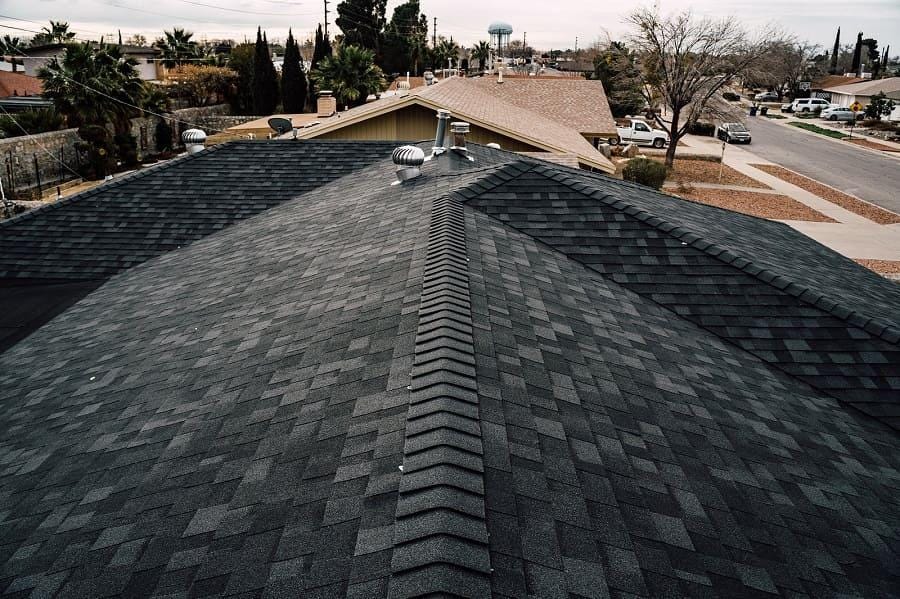ALEXANDER | Floodlight
It began with a lobbyist’s pitch.
Tennessee Rep. Rusty Grills says a lobbyist proposed a simple idea: repeal the state’s requirement for reflective roofs on many commercial buildings.
In late March, Grills and his fellow lawmakers voted to eliminate the rule, scrapping a measure meant to save energy, lower temperatures and protect Tennesseans from extreme heat.
It was another win for a well-organized lobbying campaign led by manufacturers of dark roofing materials.
Industry representatives called the rollback in Tennessee a needed correction as more of the state moved into a hotter climate zone, expanding the reach of the state’s cool-roof rule. Critics, including a Democratic Tennessee lawmaker and a Washington, D.C., pastor, called it dangerous and “deceptive.”
“The new law will lead to higher energy costs and greater heat-related illnesses and deaths,” state Rep. Harold Love and the Rev. Jon Robinson wrote in a statement.
It will, they warned, make Nashville, Memphis, and other cities hotter — particularly in underserved Black and Latino communities, where many struggle to pay their utility bills. Similar lobbying has played out in Denver, Baltimore and at the national level.
Why Roof Color Matters
The principle is simple: Light-colored roofs reflect sunlight, so buildings stay cooler. Dark ones absorb heat, driving up temperatures inside buildings and in the surrounding air.
Roofs comprise up to one-fourth of the surface area of major U.S. cities, researchers say, so the color of roofs can make a big difference in urban areas.
Just how hot can dark roofs get?
“You can physically burn your hands on these roofs,” said Bill Updike, who used to install solar panels and now works with the Smart Surfaces Coalition.
Study after study has confirmed the benefits of light-colored roofs. They save energy, lower air conditioning bills and reduce city temperatures. They help prevent heat-related illnesses. And they typically cost no more than dark roofs.
Retrofitting 80% of commercial roofs in the United States with cool roofs would cut the need for air conditioning, reducing carbon dioxide emissions by more than 6 million tons — equivalent to the annual emissions of 1.2 million cars, according to a 2009 study by scientists at the U.S. Department of Energy’s Lawrence Berkeley National Laboratory.




